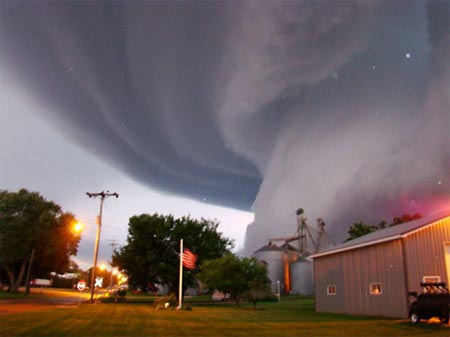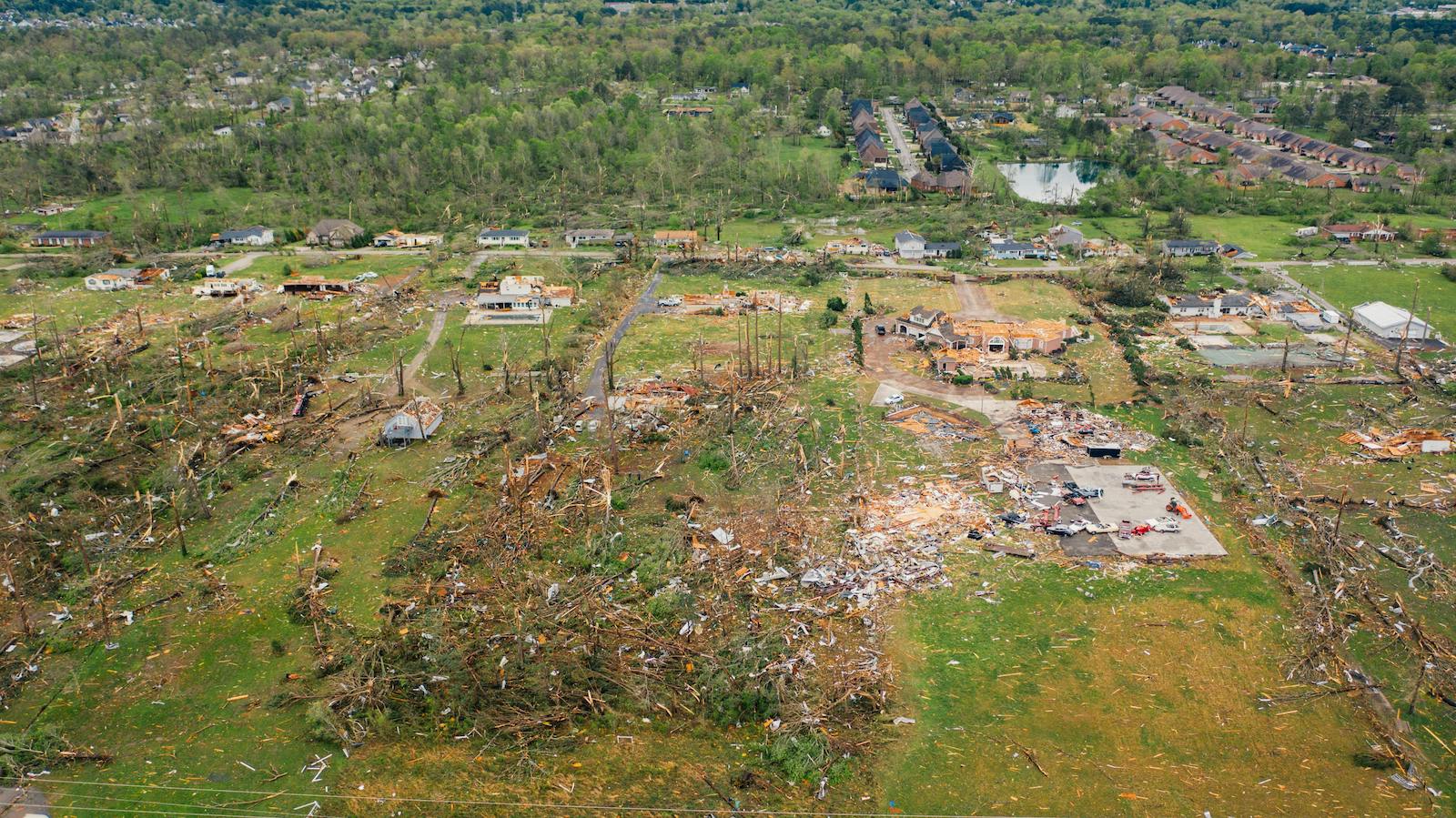“In business there are two ways to make money; you can bundle or you can unbundle.” –Jim Barksdale
We have spent a series of articles introducing catastrophe models and describing the remarkable benefits they have provided the P&C industry since their introduction (article 1, article 2, article 3, article 4). CAT models have enabled the industry to pull the shroud off of quantifying catastrophic risk and finally given (re)insurers the ability to price and manage their exposure to the violent and unpredictable effects of large-scale natural and man-made events. In addition, while not a panacea, the models have leveled the playing field between insurers and reinsurers. Via the use of the models, insurers have more insight than even before into their exposures and the pricing mechanics behind catastrophic risk. As a result, they can now negotiate terms with confidence, whereas prior to the advent of the models and other similar tools, reinsurers had the upper hand with information and research.
We also contend that CAT models are the predominant cause of the reinsurance soft market via the entry of alternative capital from the capital markets. And yet, with all the value that CAT models have unleashed, we still have a collective sour taste in our mouths as to how these invaluable tools have benefited consumers, the ones who ultimately make the purchasing decisions and, thus, justify the industry’s very existence.
There are, in fact, now ways to benefit customers by, for instance, bundling earthquake coverage with homeowners insurance in California and helping companies deal with hidden volatility in their supply chains.
First, some background:
Bundling Risks
Any definition of insurance usually addresses the concept of risk transfer: the mechanism that ensures full or partial financial compensation for the loss or damage caused by event(s) beyond the control of the insured. In addition, the law of large numbers applies: the principle that the average of a large number of independent identically distributed random variables tends to fall close to the expected value. This result can be used to show that the entry of additional risks to an insured pool tends to reduce the variation of the average loss per policyholder around the expected value. When each policyholder’s contribution to the pool’s resources exceeds the expected loss payment, the entry of additional policyholders reduces the probability that the pool’s resources will be insufficient to pay all claims. Thus, an increase in the number of policyholders strengthens the insurance by reducing the probability that the pool will fail.
Our collective experiences in this world are risky, and we humans have consistently desired the ability to shed the financial consequences of risk to third parties. Insurance companies exist by using their large capital base, relying on the law of large numbers, but, perhaps most importantly, leveraging the concept of spread of risk, the selling of insurance in multiple areas to multiple policyholders to minimize the danger that all policyholders will experience losses simultaneously.
Take the peril of earthquake. In California, 85% to 90% of all homeowners do NOT maintain earthquake coverage even though earthquake is the predominant peril in that state. (Traditional homeowners policies exclude earth movement as a covered peril). News articles point to the price of the coverage as the limiting factor, and that makes sense because of that peril’s natural volatility. Or does it make sense?
Is the cost of losses from earthquakes in California considerably different than, say, losses from hurricanes in Florida, in which the wind peril is typically included in most homeowners insurance forms? Earthquakes are a lot more localized than hurricanes, but the loss severity can also be more pronounced in those localized regions. Hurricanes that strike Florida can be expected with higher frequency than large damage-causing earthquakes that shake California. In the final analysis, the average projected loss costs are similar between the two perils, but one has nearly a 100% take-up rate vs. the other at roughly 10%. But why is that so? The answer lies in the law of large numbers, or in this case the lack thereof.
Rewind the clock to the 1940s. If you were a homeowner then, the property insurance world looked very different than it does today. As a homeowner back then, you would need to virtually purchase separate policies for each peril sought: a fire, theft and liability policy and then a windstorm policy to adequately cover your home. The thought of packaging those perils into one convenient, comprehensive policy was thought to be cost-prohibitive. History has proven otherwise.
The bundling of perils creates a margin of safety from a P&C insurer’s perspective. Take two property insurers who offer fire coverage. Company A offers monoline fire, whereas Company B packages fire as part of a comprehensive homeowners policy. If both companies use identical pricing models, then Company B can actually charge less for fire protection than Company A simply because the additional premium from Company B affords peril diversification. Company B has the luxury of using premiums from other perils to help offset losses, whereas Company A is stuck with only its single-source fire premium and, thus, must make allowances in its pricing that it could be wrong. At the same time, Company B must also make allowances in the event its pricing is wrong, but can apply smaller allowances because of the built-in safety margin.
This brings us back to the models. It is easy to see why earthquake and other perils, such as flood, was excluded from homeowners policies in the past. Without models, it was nearly impossible to estimate future losses with any sort of reliable precision, leaving insurers the inability to collect enough premium to compensate for the inevitable catastrophic event. Enter the National Flood Insurance Program (NFIP), which stepped in to offer flood coverage but never fundamentally approached it from a sound underwriting perspective. Instead, in an effort to make the coverage affordable to the masses, the NFIP severely underpriced its only product and is now tens of billions of dollars in the red. Other insurers bravely offered the earthquake peril via endorsement and were devastated after the Northridge earthquake in 1994. In both cases, various market circumstances, including the lack of adequate modeling capabilities, contributed to underpricing and adverse risk selection as the most risk-prone homeowners gobbled up the cheap coverage.
Old legacies die hard, but models stand ready to help responsibly underwrite and manage catastrophic risk, even when the availability of windstorm, earthquake and flood insurance has been traditionally limited and expensive.
The next wave of P&C industry innovation will come from imaginative and enterprising companies that use CAT models to economically bundle risks designed to lower the costs to consumers. We view a future where more CAT risk will be bundled into traditional products. As they continue to improve, CAT models will afford the industry the confidence needed to include earthquake and flood cover for all property lines at full limits and with flexible, lower deductibles. In the future, earthquake and flood hazards will be standard covered perils in traditional property forms, and the industry will one day look back from a product standpoint and wonder why it had not evolved sooner.
Unbundling Risks
Insurance policies as contracts can be clumsy in handling complicated exposures. For example, insurers have the hardest time handling supply chain and contingent business interruption exposures, and rightly so. Because of globalization and extreme competition, multinational companies are continuously seeking value in the inputs for their products. A widget in a product can be produced in China one year, the Philippines the next, Thailand the following year and so on. It is time-consuming and resource intensive to keep track of not only how much of a company’s widgets are manufactured, but also what risks exist surrounding the manufacturing plant that could interrupt production or delivery. We would be hard-pressed to blame underwriters for wanting to exclude or significantly sublimit exposures related to supply chain or business interruption; after all, underwriters have enough difficulty just to manage the actual property exposures inherent in these types of risks.
It is precisely this type of opportunity that makes sense for the industry to create specialized programs. Unbundle the exposure from the remainder of the policy and treat it as a separate exposure with dedicated resources to analyze, price and manage the risk.
Take a U.S. semiconductor manufacturer with supply exposure in Southeast Asia. As was the case with the 2011 Thailand floods or the 2011 Tohoku earthquake and tsunami, this hypothetical manufacturer is likely exposed to supply chain risks of which it is unaware. It is also likely that the property insurance policy meant to indemnify the manufacturer for covered losses in its supply chain will fall short of expectations. An enterprising underwriter could carve out this exposure and transfer it to a new form. In that form, the underwriter can work with the manufacturer to clarify policy wording, liberalize coverage, simplify claims adjusting and provide needed additional capacity. As a result, the manufacturer gets a risk transfer mechanism that more precisely aligns with the balance sheet affecting risks it is exposed to. The insurer gets a new line of business that can provide a significant source of new revenue using tools such as CAT models and other analytics to price and manage those specific risks. By applying some ingenuity, the situation can be a win/win all around.
What if you are a manufacturer or importer and rely on the Port of Los Angeles or Miami International Airport (or any other major international port) to transport your goods in and out of markets? This is another area where commercial policies handle business exposure poorly, or not even at all. CAT models stand ready to provide the analytics required to transfer the risks of these choke points from business balance sheets to insurers. All that is required is vision to recognize the opportunity and the sense to use the toolsets now available to invent solutions rather than relying on legacy group think.
At the end of the day, the next wave of innovation will not come directly from models or analytics. While the models and analytics will continue to improve, real innovation will come from creative individuals who recognize the risks that are causing market discomfort and then use these wonderful tools to build products and programs that effectively transfer those risks more effectively than ever. Those same individuals will understand that the insured comes first, and that rather than retrofitting dated products to suit a modern-day business problem, the advent of new products and services is an absolute necessity to maintain the industry’s relevance. The only limiting factor preventing true innovation in property insurance is imagination and a willingness to no longer cling to the past.
Catastrophe Models Allow Breakthroughs
This article is the last in a series on how the evolution of catastrophe models provides a foundation for much-needed innovation in insurance.





